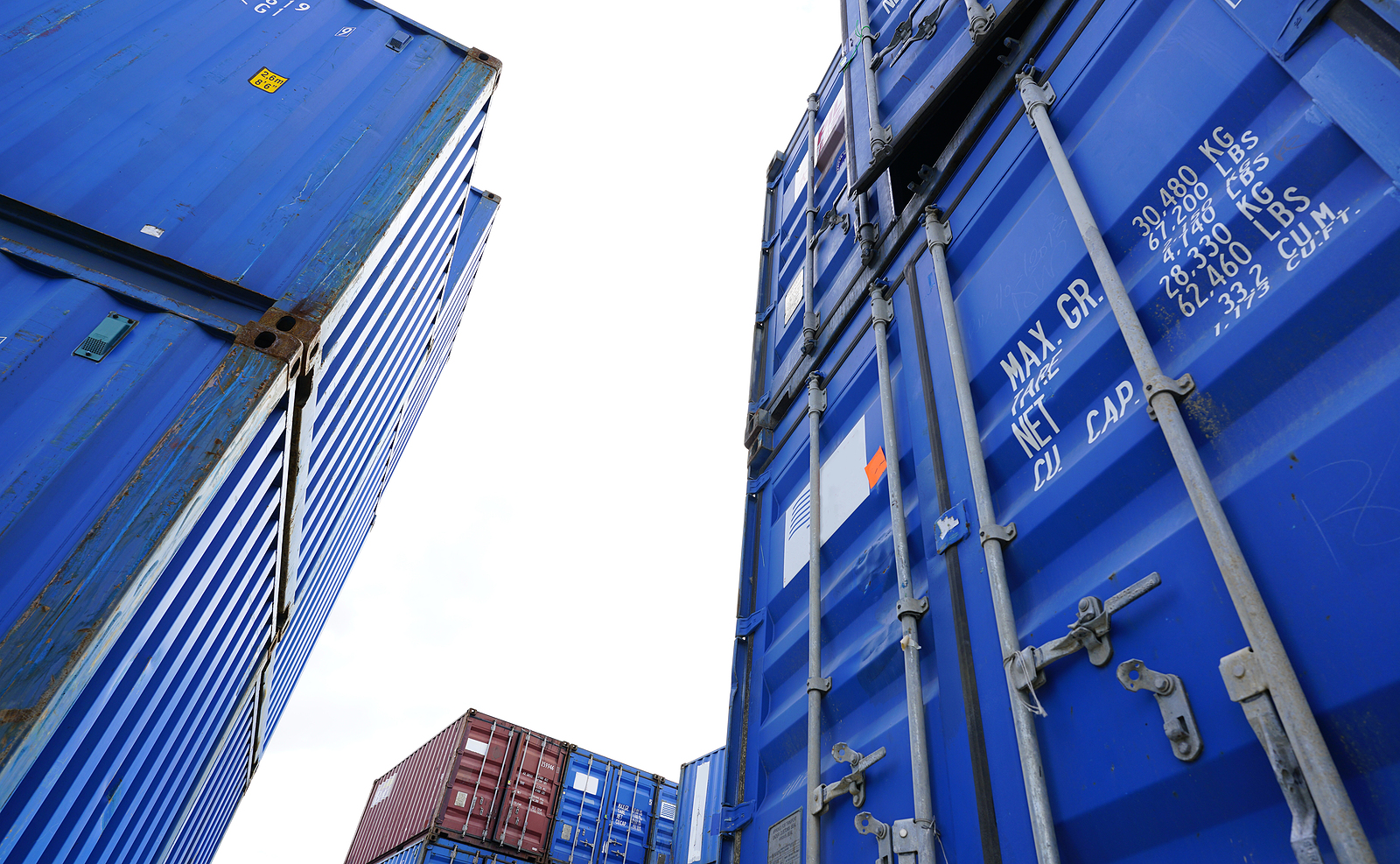These days, converted shipping containers can be used for a multitude of purposes, from pop-up cafes and garden gyms to home offices and man caves. Another way they can be used is to create a cleanroom.
To find out more, read on.
What is a cleanroom?
A cleanroom is a space that has a controlled environment. Pollutants like dust, aerosol particles and airborne microbes are filtered out, so the air inside is as clean as possible and free from contamination.
This is so they can be used to protect medical equipment, pharmaceuticals, and electronic devices. They are also used by military operatives, manufacturing companies, the aerospace industry, and research facilities.
However, setting up a cleanroom can be difficult, as the space needs to be specifically engineered and fitted with the right filters.
Why are shipping containers ideal cleanrooms?
One of the reasons shipping containers make ideal cleanrooms is they can be adapted easily.
Tech Bullion recognises their temperature can be controlled, different air filters can be fitted, and they can be quickly modified to suit the requirements of the industrial process.
“The ease of adapting shipping containers to accommodate different cleanroom classes, layouts and equipment significantly reduces costs compared to constructing a cleanroom from scratch,” it states.
Therefore, another reason many industries opt for container conversions over more permanent constructions is that they are significantly cheaper.
Not only would they not have to construct it from scratch, but the containers have already been built to be robust and able to withstand harsh conditions.
They would also save money by spending less time setting up or building a cleanroom. As the unit simply needs to be modified, this is much quicker and more cost-effective.
Additionally, the reason why shipping containers are preferred by many commercial sectors is the fact they are mobile and, therefore, offer flexibility.
They can easily be moved, which is ideal if the cleanroom is only needed temporarily or has to be relocated somewhere else. This would be particularly beneficial to companies that are spread across several sites.
Containers are also a great option for companies that want the option to scale up in the future. As more cleanrooms can be added due to its modular set up, they do not have to invest in a large building from the beginning, but can grow as their enterprise becomes more successful.
What are the downsides to using shipping containers as cleanrooms?
While there are lots of benefits to using shipping container conversions as cleanrooms, there are also some restrictions.
For a start, manufacturers might find they are limited by space constraints, particularly ceiling height.
There might also be airflow distribution challenges, depending on what the cleanroom is being used for. Therefore, industries need to thoroughly consider their specifications before investing in a shipping container.
However, if the size of the container and its air filtration system are adequate, it could be very advantageous to repurpose one as their cleanroom.

